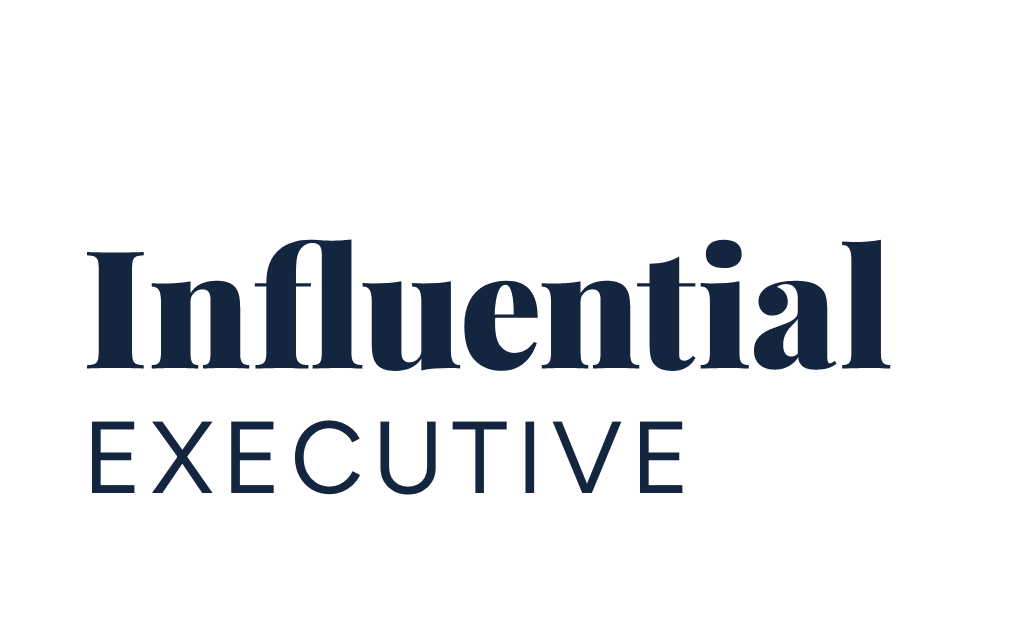When it comes to measuring the success of an executive social media program, many marketers make the mistake of treating it the same way as their brand’s digital marketing program. Compared to other areas of your digital marketing program, determining the ROI (return on investment) of your executive social media tends to be more difficult. Why is that?
We answer that question on our insight page here: Measuring Executive Social Media ROI.
In this article, we share a list of KPIs — key performance indicators — that marketers may want to track for their executive social media program. Keep in mind that some of these metrics may be called differently on different platforms. The following is based on LinkedIn, which is what the majority of our executive clients use (and also what the majority of Fortune 500 CEOs use).
Reactions
What It Is
This is one of the most popular metrics to track. It’s readily available, easy to access and understand, and often perceived as a positive indicator when the number is high. Whether it’s a “reaction” on LinkedIn or “liking” a post on Instagram, this metric is often the first metric people look at when they see a post.
Why It Matters
Reactions indicate that content is catching attention, serving as an initial gauge of audience sentiment and interest. High engagement here suggests that the post resonates on some level.
What This Metric Can Help Track
- Identifying content that generates surface-level interest
- Understanding which topics and formats appeal to your audience
- Measuring general personal brand awareness and visibility
Be Aware of These Issues
- Reactions don’t provide deeper insights into why people are engaged or whether they took further action. They are, after all, considered a vanity metric. Users might simply be scrolling through their feed and liking a post because they enjoyed the video or they liked the post copy, but their engagement with the executive’s post might end there. This metric is best used alongside others to provide a more complete picture of performance.
- A high reaction count doesn’t necessarily mean meaningful impact — passive likes don’t always translate into influence and sales. On a similar note, a low reaction count doesn’t necessarily mean no or little impact. Some executives have smaller follower counts, which typically translates to a lower number of reactions. Also, keep in mind that social media users may be highly interested in a post but not add a “like” or “reaction,” as these are visible to the public.
Comments
What It Is
Similar to the previous section, this one is pretty self-explanatory. Comments are direct responses to an executive’s social media post. On LinkedIn, you’ll see comments show up underneath an executive’s post, like this:
 Why It Matters
Why It Matters
Unlike reactions, comments require more effort and thought from social media users, making this metric a stronger indicator of audience interest and engagement. More comments often mean the content sparked conversation or debate.
What This Metric Can Help Track
- Measuring thought leadership — active discussions indicate credibility and expertise
- Building relationships through direct engagement with peers, industry leaders, and audiences
- Understanding audience perspectives and refining messaging based on feedback
Be Aware of These Issues
- Encouraging comments requires intentional engagement strategies. Not all posts will naturally generate discussions, and not all executives who manage their own social media presence know the strategies behind boosting social media engagement.
- Controversial topics may drive more comments, but not necessarily in a way that benefits professional goals.
Shares/Reposts
What It Is
Shares and reposts indicate how often others distribute a post to their network, amplifying reach beyond the executive’s immediate audience.
Why It Matters
A post that gets widely shared has strong perceived value. Whether due to industry relevance and insights or compelling storytelling, shares suggest that people see the content as worth spreading.
The Benefit of Tracking This Metric
- Gauging content virality — posts with high shares can introduce an executive and their content to new audiences
- Expanding professional influence beyond direct followers
- Measuring brand advocacy — people tend to share content they align with or find valuable
Be Aware of This
- Not all shares result in meaningful engagement. Some users share content passively without further interaction. This is especially common with LinkedIn’s “repost” feature (which takes the executive’s post and places it directly onto another user’s or company’s feed). In contrast, LinkedIn’s “reshare” feature requires the person sharing the executive’s post to add an original comment.
- It can be difficult to track the long-term impact of shares on business objectives like networking or lead generation. Ultimately, shares create a wider web of interaction that may be unfeasible for marketers to manage and track.
Impressions
What It Is
Impressions count the number of times a post appears on someone’s feed, regardless of whether they engage with it.
Why It Matters
This metric gives an idea of how many people had the chance to see the content, helping assess the overall visibility of an executive’s post.
The Benefit of Tracking This Metric
- Measuring content reach and how widely posts are distributed
- Understanding the effectiveness of posting times and frequency
- Evaluating whether the content strategy aligns with audience behavior
Be Aware of This
- A high number of impressions doesn’t guarantee engagement — content can be seen but ignored.
- A post with a lot of impressions but low interactions may indicate ineffective messaging or targeting.
- As the number of impressions goes down, we tend to see the number of reactions go up.
Follower Growth
What It Is
This metric measures how many new people are actively choosing to follow the executive’s account. On LinkedIn, follower count is separate from “connections.” Anyone can follow an executive’s social media feed on LinkedIn, but the executive needs to manually accept an invitation in order to become connected with another user. For the purpose of this article, we’re just going to discuss follower growth.
Why It Matters
A growing follower base suggests increasing visibility, credibility, and audience interest in an executive’s content. If more people want to see future content, it’s a sign they believe the executive and the topics they discuss are relevant and interesting.
The Benefit of Tracking This Metric
- Long-term audience expansion and sustained influence
- The effectiveness of content strategy in attracting the right professional network
- Indications of brand-building success over time
Be Aware of This
- Gaining followers doesn’t guarantee engagement. Some accounts follow but never interact. This is especially true if an executive starts posting content farther away from their niche area of expertise, in which case, follower counts may increase, but the “quality” of the following may not match business objectives.
- Not all new followers are relevant to business goals. There may be times when individuals are outside of the executive’s target audience.
- Marketers often make the mistake of comparing their CEO with “star” leaders like Bill Gates or Satya Nadella, who have millions of followers. But consider this post from Gates. Although he has over 37 million followers on LinkedIn, the post has just over 11,000 reactions, 800 comments, and 300 reposts — far less engagement than his following would suggest. It’s important to manage expectations, considering how engagement rate may decrease as the number of followers increases.
Profile Views
What It Is
Profile views measure how often an executive’s profile is visited, often after someone sees their content.
Why It Matters
An increase in profile views suggests that content is sparking curiosity and encouraging people to learn more about the executive.
The Benefit of Tracking This Metric
- Gauging how well content drives personal brand interest
- Assessing whether posts are leading to deeper engagement with the executive
- Measuring visibility among industry peers and potential connections
Be Aware of This
- Profile visits don’t always translate into meaningful interactions or connections
- A spike in views without follow-ups may indicate a disconnect between the content and audience expectations
Engagement Rate
What It Is
Engagement rate is calculated by dividing the total number of engagements (likes, shares, comments, clicks, etc.) by the total number of impressions, then multiplying by 100 to get a percentage.
Why It Matters
Unlike “raw” engagement numbers, engagement rate accounts for audience size, making it a more useful metric for comparing content performance over time.
The Benefit of Tracking This Metric
- Assessing which types of content drive the most meaningful interactions
- Understanding audience behavior and refining content strategy accordingly
- Comparing engagement levels across different types of posts
Be Aware of This
- This metric can be misleading if the audience is highly niche or passive, which can skew the engagement rate.
- A low engagement rate may not always indicate poor content — it could be due to platform algorithm changes or audience preferences.
- Engagement rate averages tend to be low, which can be surprising to those unfamiliar with social media or marketing. On LinkedIn, for example, the average engagement rate is around 2%. The median engagement rate on Instagram is roughly 0.43%, based on a RivallQ report.
Which KPIs Should Matter the Most to You?
A successful executive social media program isn’t just about posting compelling content — tracking the right KPIs to ensure content is making an impact is equally important. While reactions and impressions offer quick visibility insights, deeper metrics like comments, shares, and engagement rate reveal the true level of engagement.
By tracking a combination of these metrics, executives and marketers can refine their social media strategy to ensure their online presence aligns with professional goals while maintaining authenticity and credibility.
If you’re interested in reading real-world examples of how our team has worked with executives and their marketing team, click the button below. From improving company sentiment to supporting sales efforts, an executive’s social media presence can help drive a variety of business goals.



